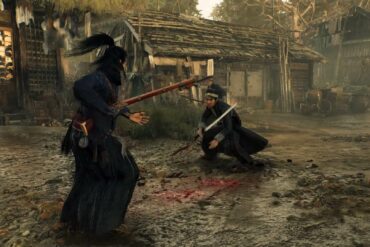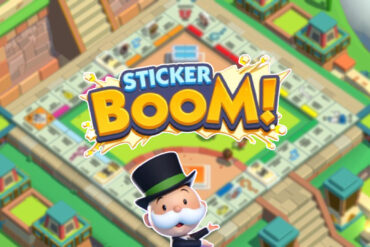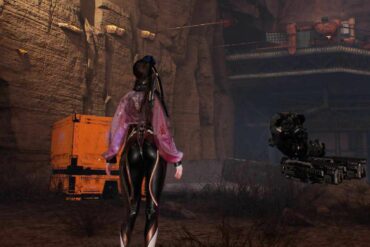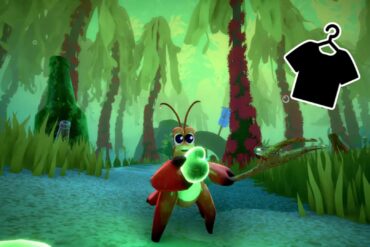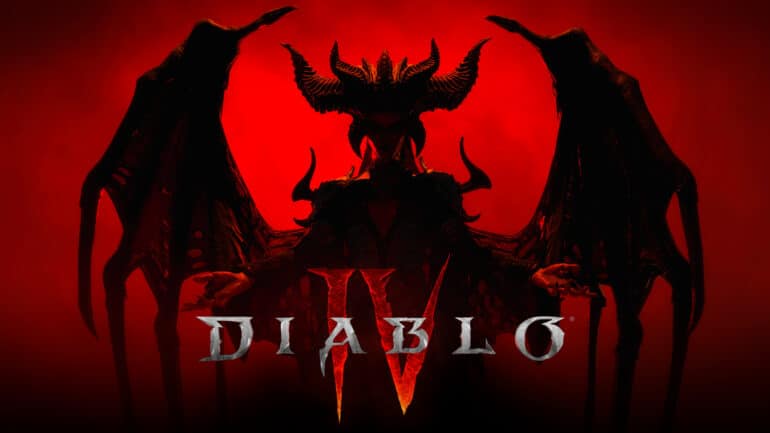Diablo 4, the highly anticipated sequel to the beloved action role-playing game series, has finally arrived, bringing with it a familiar formula of addictive hack-and-slash action and a loot system that keeps players coming back for more.
With stunning graphics, a dark, bleak atmosphere, and a wealth of loot to collect, Diablo 4 offers a thrilling experience for fans of the series and action RPG enthusiasts alike. Although the game successfully delivers on many fronts, it falls short of perfection due to its lack of innovation and repetitive elements.
If you want to check out our video review of Diablo 4, you can go here.
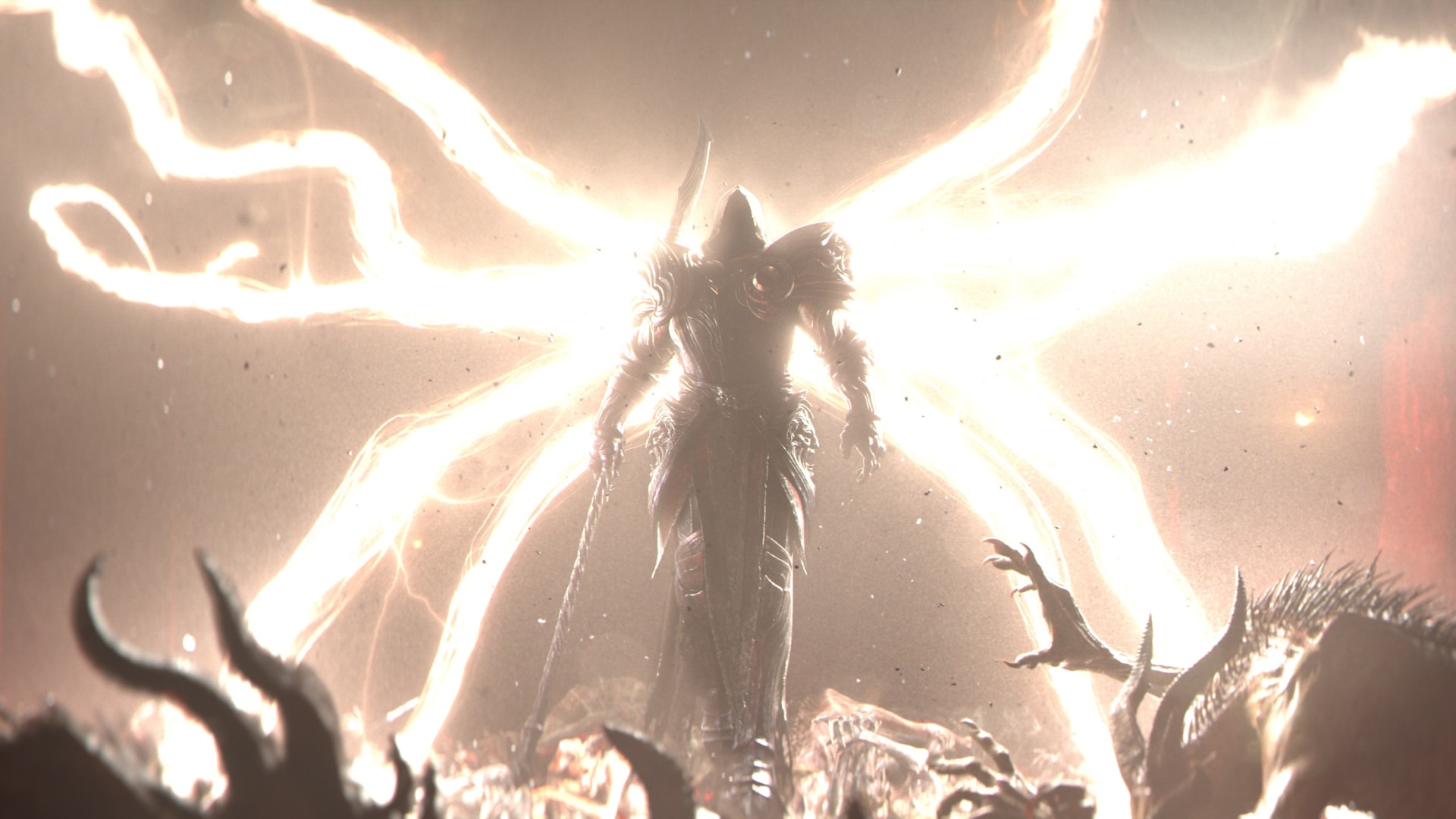
“Diablo has always been known for its deep lore.”
Off the bat, Diablo 4 provides plenty of customisation options, allowing you to have a personalised gameplay experience. With five distinct classes to choose from, including the barbarian, druid, necromancer, sorceress, and rogue, players can select a play style that suits their preferences. Each class has its own unique abilities, skill tree, and playstyle, ensuring diverse gameplay options.
From the moment you begin a new game and enter the grim world of Diablo 4, you are welcomed to a 10-minute cutscene, which immediately sets the tone. Throughout the entire game, the cutscenes are beautifully rendered in Diablo 4, offering glimpses into the game’s impressive graphical capabilities and memorable key story moments.

“Diablo 4 falls short in terms of storytelling”
Diablo 4 upholds the long-standing reputation of the Diablo series for its rich lore, immersing players even further into the intricate history of Sanctuary. With a compelling and dark narrative, it recounts a tale of treachery, retribution, and timeless conflict between forces of good and evil. Notably, the game’s cutscenes, particularly in the latter stages, truly do justice to its storyline. The compelling nature of the cutscenes made it difficult for me to even consider skipping them, as they added significant depth and intrigue to the game.
However, one area where Diablo 4 falls short in terms of storytelling is its reliance on text-based dialogue. The game bombards players with an abundance of text, which can be overwhelming and difficult to keep up with. This is especially evident when the game switches from high-budget cutscenes to long text sequences, forcing me to read immediately after I’ve already witnessed a lengthy video. While the lore and plotlines are intriguing, they often get lost amidst the walls of text, leaving me to feel disconnected from the story.
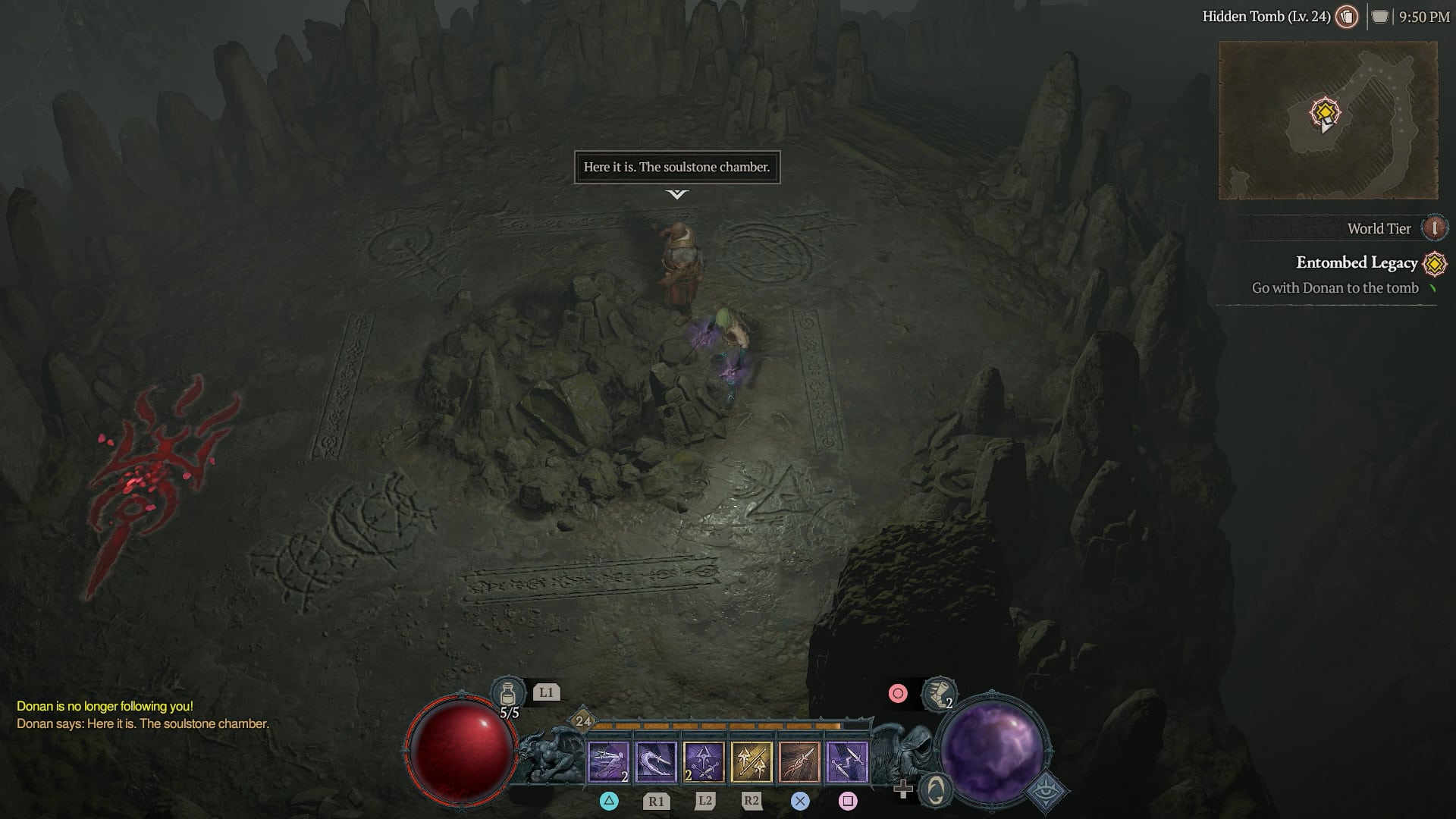
“Side Quests Aren’t Very Memorable.”
Diablo 4 offers a vast open world for players to explore, packed with diverse landscapes and hidden secrets. Each region of the game world feels meticulously crafted and unique. From the desolate wastelands of the Dry Steppes to the lush and mysterious forests of Scosglen, every area has its own distinct visual identity and challenges to overcome.
The sense of discovery is enhanced by the well-placed environmental storytelling, allowing players to stumble upon intriguing lore tidbits and quests. In addition, Diablo 4’s side quests are quite straightforward. They usually involve you venturing to a set location and either killing enemies, collecting loot, or locating a particular person or item. Ultimately, I probably couldn’t recite any of the dialogue involved in a side quest as they aren’t very memorable, but they serve the simple purpose of earning experience points (XP).
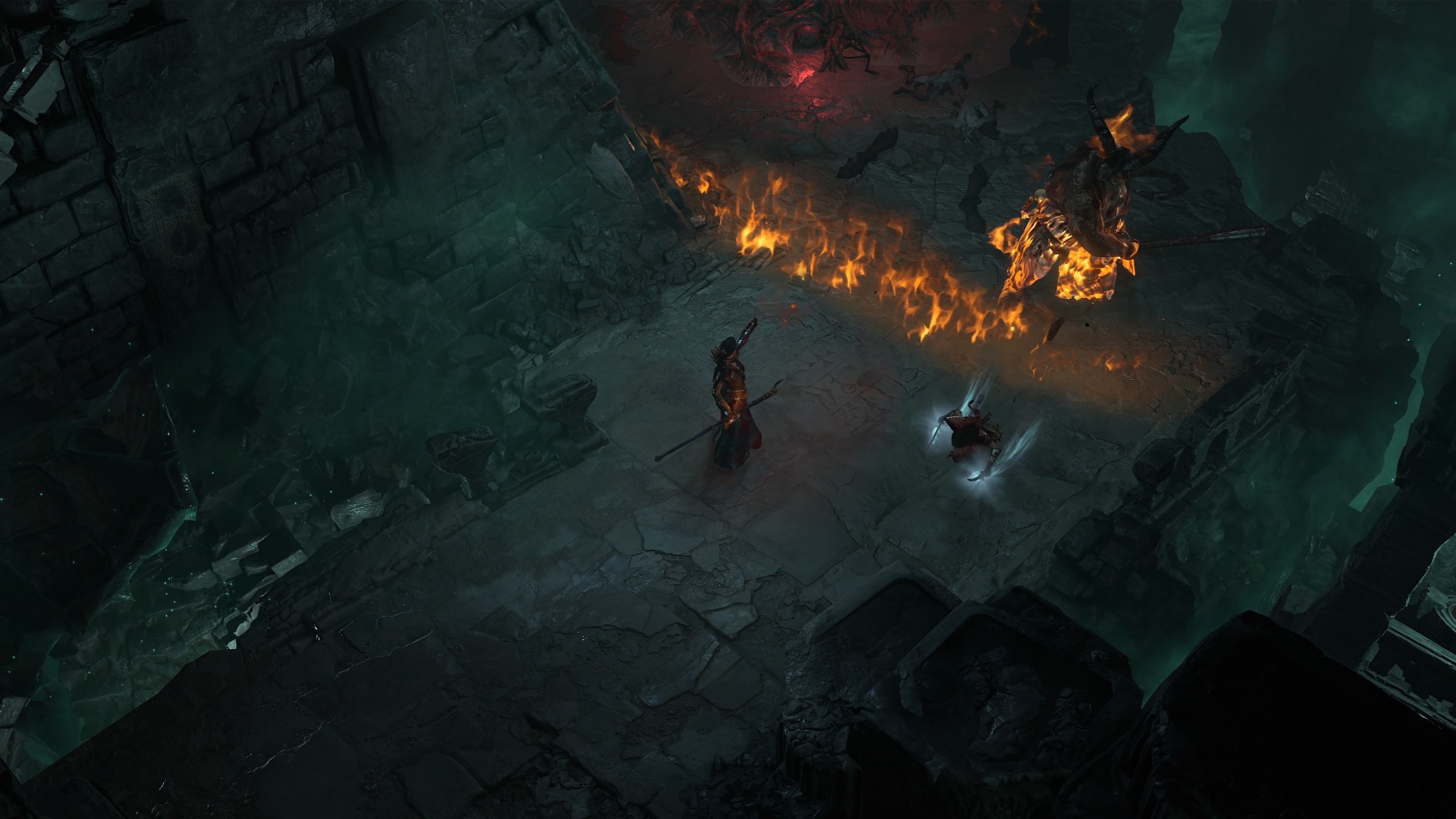
Paragon Returns in Diablo 4
As with most Diablo games, characters level up from XP and earn skill points, which are allocated to new abilities or to enhance existing ones. The skill tree system in Diablo 4 allows for strategic decision-making, enabling players to tailor their characters’ strengths and weaknesses. This customisation element adds depth and replayability to Diablo 4, as players can experiment with various builds and playstyles to find the perfect combination that suits their preferred approach to combat.
Although, if it’s your first time playing, you might find it overwhelming. Fortunately, there are plenty of helpful guides available online, and most of the skill tree will usually benefit you regardless of what you unlock.
If completing a skill tree wasn’t enough, Diablo 4, once again, has the paragon system. This works alongside the skill tree and is essentially a second skill tree, unlocked at level 50. For each level, up until level 100, you will receive 4 paragon points, which can be allocated to Paragon boards. While the boards aren’t as important as the main skill tree, it is rewarding to continue unlocking new nodes. This system is definitely for players who want to continue playing after the main story, but with a lack of endgame content, it will be a tough grind.

Diablo’s Endgame Content is Repetitive
Replayability has always been a strength of the Diablo series, and Diablo 4 is no exception. The addictive loot system, combined with countless ways to customise your character, ensures that you will have ample opportunities to return to the world of Sanctuary. Whether it’s trying out different character classes, experimenting with various playstyles, or tackling higher difficulty levels, it offers enough depth and variability to keep you engaged for countless hours.
Although, Diablo 4’s endgame content is a mixed bag. On one hand, the game offers a significant amount of content to keep players engaged beyond the main story. You can engage in repeated quests and dungeons to acquire better loot, which, in turn, enhances your characters’ power and capabilities. This aspect of the endgame provides a solid foundation for continued progression, as players strive to obtain more powerful gear and tackle higher difficulty levels.
However, the endgame loop can become repetitive, as you find yourself retracing your steps and completing similar tasks multiple times. The fetch quests and lack of substantial innovation in the endgame content can diminish the overall experience. That said, Diablo 4 does introduce a few endgame activities that offer more variety, such as PvP combat and challenging world bosses. These elements help break the monotony to some extent, but ultimately, it doesn’t compare to the quests featured in the main story.
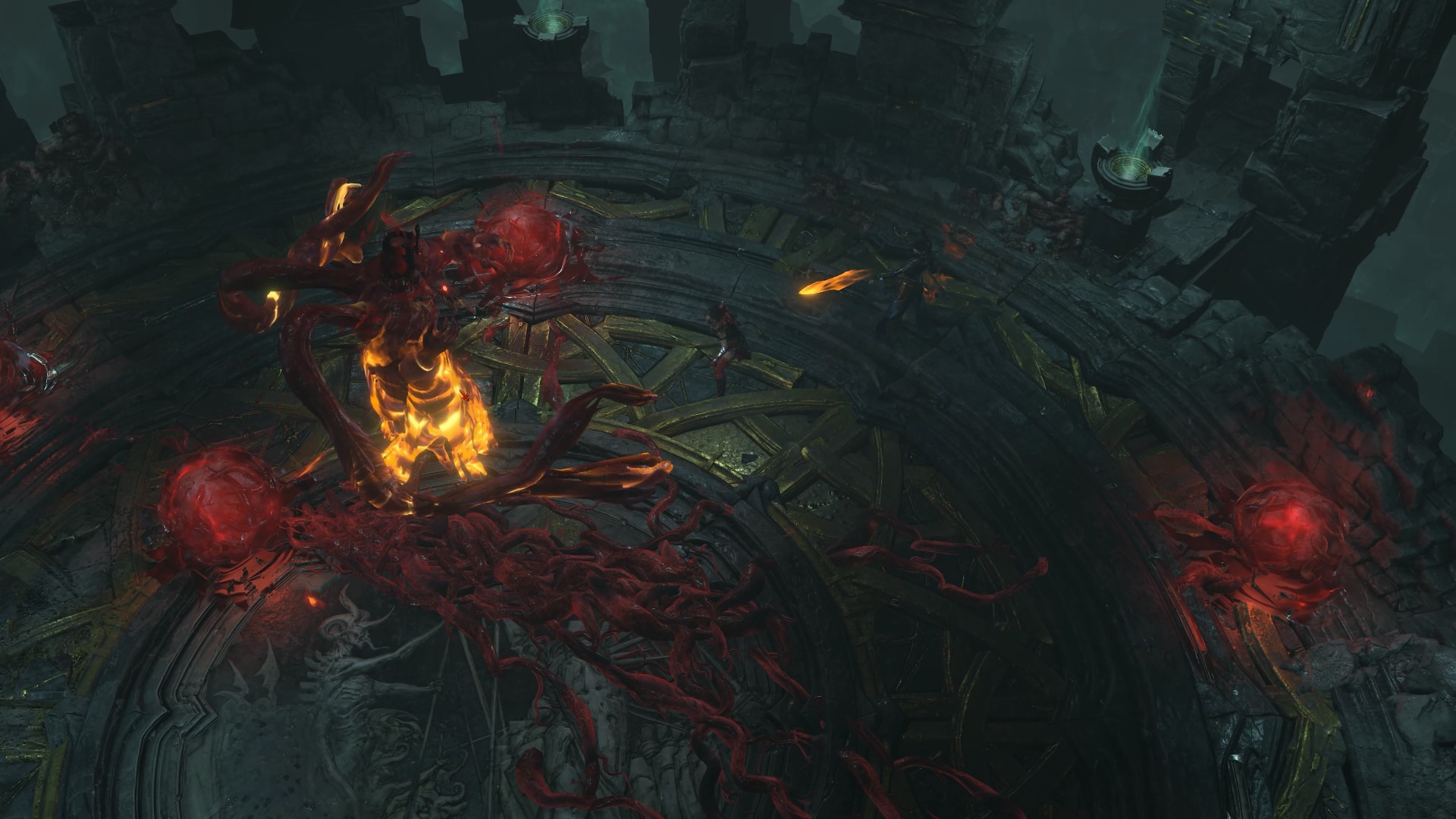
“I felt as if I was in a John Wick movie and couldn’t catch a break.”
While Diablo 4 can be enjoyed as a single-player experience, it also offers robust multiplayer features that enhance the overall experience. You can team up with friends or join forces with others in cooperative play, allowing for shared adventures and strategising together to overcome challenging encounters. The cooperative gameplay adds a new dimension to the Diablo experience, as players can combine their strengths, coordinate their abilities, and tackle formidable foes as a group.
Additionally, Diablo 4 incorporates social interaction elements through shared towns or hubs, where you can encounter other players and trade items, form parties, or just simply interact with them. Although, while this is the case, I never felt there was an opportunity for this to happen. Due to the sheer size of the map, there are many centralised hubs, and I felt people were too busy doing their own thing to communicate with me. Ultimately, playing with a friend or using external social platforms for finding parties is probably your best bet.
The world map in Diablo 4 is simply enormous, and while it is great for players to be able to explore a sprawling world, I found it quite tiresome. Travelling from one location to the next, fighting basic enemies that are variations of each other, felt as if I was in a John Wick movie and couldn’t catch a break. Mounts are available to curve the monotonous gameplay but are unlocked too late in the game for me to want to venture to the far ends of the map. Naturally, defeating enemies and levelling up is the main element of Diablo 4, but constantly travelling to places unknown, without the ability to fast travel, isn’t the most enjoyable affair.

Diablo 4 Features Microtransactions
While Diablo 4 generally provides a smooth and enjoyable experience, it has not been without its share of technical issues. Playing on PC, I encountered screen tearing and random frame rate drops. Although these issues are frustrating for a triple-A developer, they didn’t hinder my overall experience as much as the lack of offline play.
Many games are introducing the need to constantly be connected to the internet in order to play, restricting people with poor or limited internet connections. Unfortunately, Diablo 4 follows suit, and forces you to be constantly online even if you are playing solo.
Living in a shared household on Australian wifi, I had frequent frustrating times when I was booted from the server, which forced me to restart my game, and also, navigate to where I was last located. On one occasion, I had to restart an entire lengthy quest, where I had to follow a specific character and his camel through a desert. Sadly, this type of gameplay not only limits the game for players but also means that you’ll constantly need to be worried about disconnecting from the internet and losing your gear, or worse losing your character when playing Hardcore.
Like any modern game, Diablo 4 features poorly priced microtransactions. As someone who is happy to pay for additional cosmetic items in free games, the price of shop items is incredibly high. For the most expensive, and best-looking skins, it will set you back around AUD$40. This feels absurd considering you just purchased the game for AUD$100, and a battle pass system is being introduced next month. Salvaging unused weapons and armour in-game allows you to modify the look of your current items, but if you want your character to look cool, you’ll have to fork out some real money.
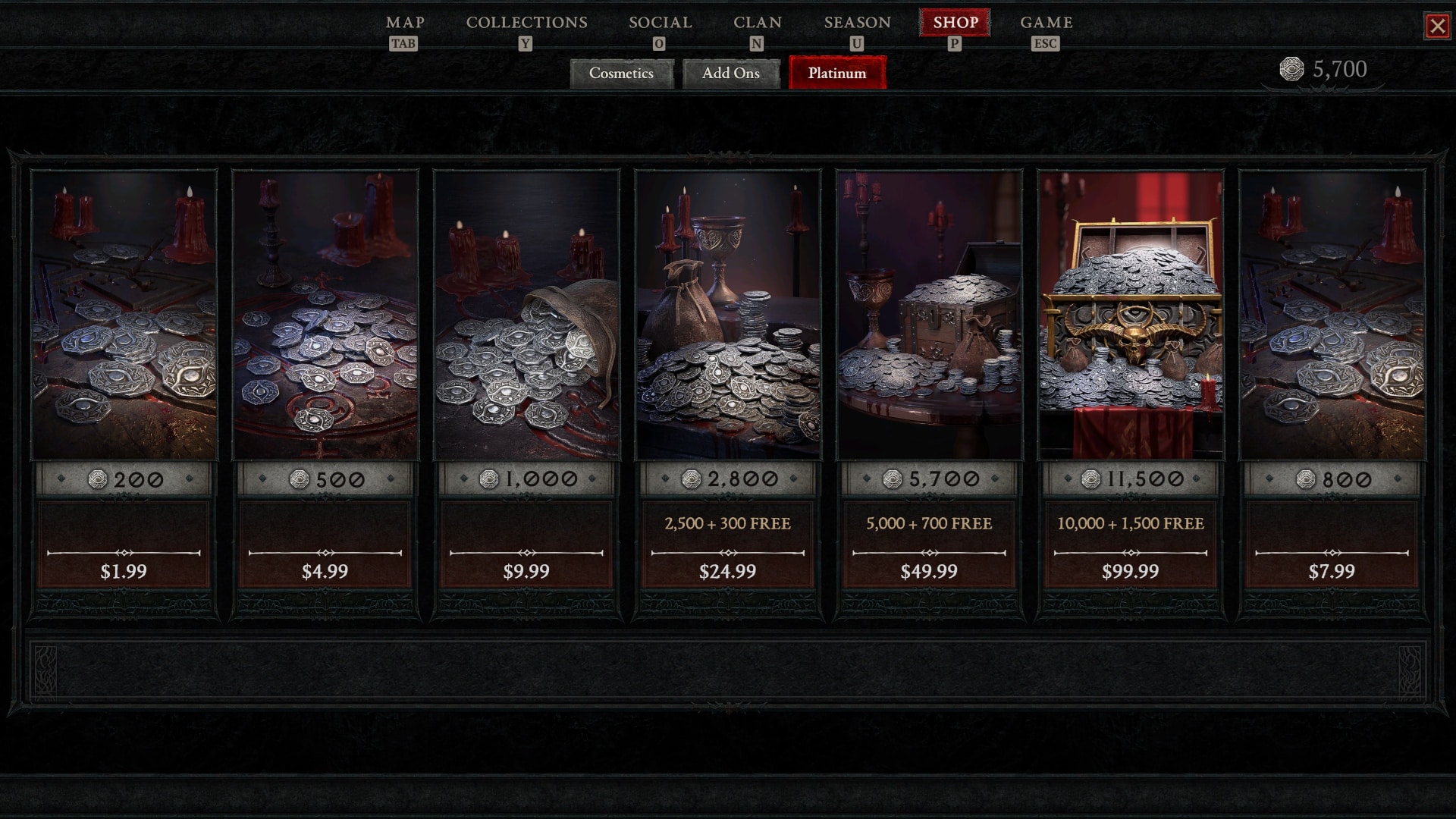
The Good Outweighs The Bad
Diablo 4 successfully delivers a captivating and visually stunning action role-playing experience. With its addictive loot system, engaging combat, and immersive cutscenes, the game caters to fans of the series and action RPG enthusiasts.
However, Diablo 4 falls short in terms of innovation, relying heavily on established mechanics and offering limited depth in its combat systems. The repetitive nature of the game can also diminish the overall experience. Although, despite these shortcomings, Diablo 4 remains a highly enjoyable game that offers a wealth of content and endless possibilities for character progression and customisation.
For fans of the Diablo series and those seeking a fast-paced and loot-driven action RPG, Diablo 4 is a must-play, even at its full triple-A price point. Its flaws are overshadowed by its strengths, and with the potential for future updates and content additions, Diablo 4 is poised to grow and evolve, offering even more compelling experiences in the world of Sanctuary.


